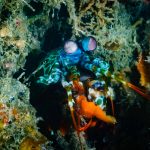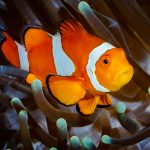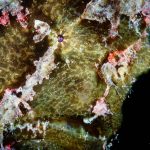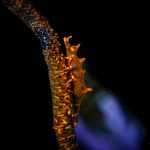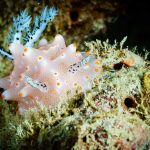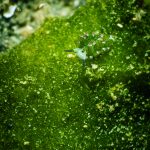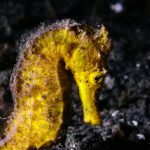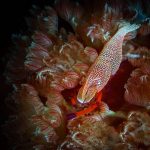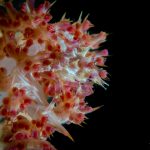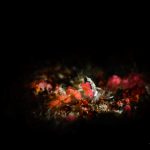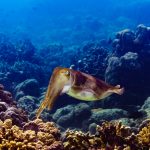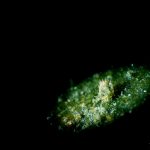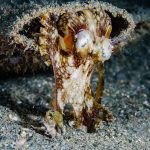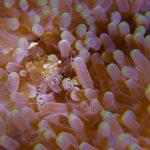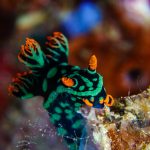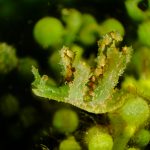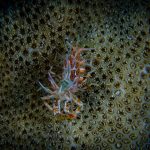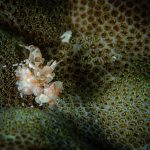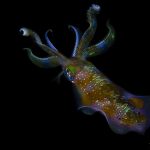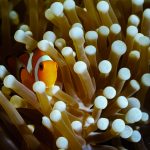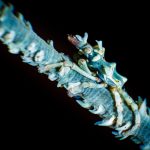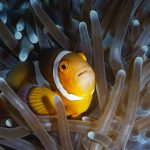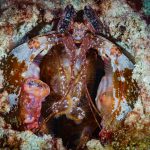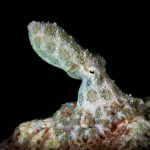Making slugs easy to determine
Totally excited to get out of the water, because Wow…. What a nudibranch, I have never seen before. Now quickly determine just how? If you’re not exactly a well-known snail scientist.
As a rule, there are really good books at the dive centres: Reef creature, slugs of the oceans, Atlas of the Invertebrates and and and. In these books there are now hundreds of pictures. Only how do you know how and where to start. You could of course look at every single picture. But after picture number 80 does not make any fun anymore, if you like to determine quickly times a snail.
In the following I tried to make the search a little easier. If one heeds that the naked snails of our oceans are systematically categorized.
I deliberately renounce class, order, subclass and do not go any closer to family and genus, that would blow the frame far. It should only be a rough help in order not to have to scour 500 pages, but directly has a clue in which category you should start at all. So I start directly with the 4 suborders, Doridina-star snails, Arminina-furrow snails, Dendronotina-tree snails and Aeolidina-thread snails. The star snails are divided again into super families to keep it easier.
Provision
If you have taken a photo it is of course easiest, if not, you should try to look at the following 5 features:
- Rhinophores-retractable or not; Laminated or smooth
- Gills–At the end of the back, at the side, or at all recognizable
- Mantle-wide and uninviting, narrow and short, on the back with body outgrown or even recognizable
- Back-with warts or attachments, smooth, with or without gills
- Body-oval or oblong
[Gallery type = “Square” ids = “807”]
| German | Latin | Features |
Star Snail- Neon Starsnail | Doridina Phanerobranchia |
|
Star Snail- Splendor Starsnail | Doridina Cryptobranchia |
|
Star Snail- Wart snail | Doridina Porostomata |
|
Furrow snail | Arminina |
|
Tree snails | Dentronotina |
|
Thread snails | Aeolidina |
|
Examples
[Gallery columns = “2” ids = “136, 134, 667, 732, 85, 51”]

